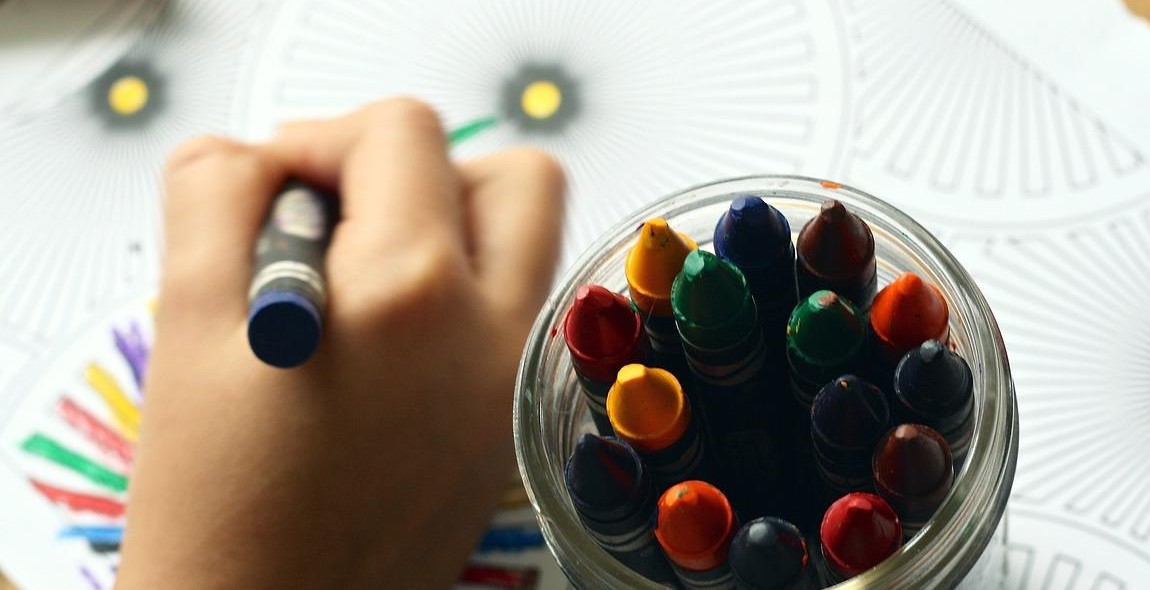How to Draw Ape Portraits: Step-by-Step Guide for Capturing the Essence of Ape Faces
If you’re an artist looking to improve your skills in drawing animal portraits, then you’ve come to the right place. In this step-by-step guide, we’ll be discussing how to draw ape portraits and capture the essence of their faces.
As someone who has been drawing and creating content for over 10 years, I’ve had a lot of experience in drawing animal portraits. However, drawing apes can be a bit tricky. They have unique facial features and expressions that require a different approach than other animals.
Why Draw Ape Portraits?
Ape portraits can be a great addition to your portfolio and showcase your skills in capturing the essence of animal faces. Plus, apes are fascinating creatures with expressive faces that can convey a wide range of emotions.
What You Will Learn
In this guide, you’ll learn the step-by-step process of drawing ape portraits, including:
- Understanding the anatomy of an ape face
- Sketching the basic shapes and proportions
- Adding details to the face
- Shading and highlighting to bring the portrait to life
By the end of this guide, you’ll have the skills and knowledge to confidently draw ape portraits and capture their unique expressions and personalities.
Understanding Ape Faces
Before starting to draw an ape portrait, it is essential to understand the anatomy of an ape’s face. Apes have a similar structure to humans, with a few distinct differences. The skull of an ape is larger and more elongated than that of a human, with a prominent brow ridge and a flatter face.
Anatomy of Ape Faces
The most notable feature of an ape’s face is their protruding muzzle, which is more prominent in some species than others. Apes have a wider nasal opening and nostrils, allowing them to breathe more effectively while climbing and swinging through trees. The jaw of an ape is also much stronger than that of a human, allowing them to easily crack open nuts and tough fruits.
Another significant difference between the faces of apes and humans is the placement of the eyes. Apes have a more forward-facing eye, which gives them better depth perception and allows them to accurately judge distances while swinging through trees. This feature also gives them a more intense and focused gaze, which can be challenging to capture in a portrait.
Facial Expressions of Apes
Like humans, apes are capable of a wide range of facial expressions, which can convey different emotions and moods. However, the structure of their faces can make certain expressions more challenging to capture accurately.
For example, apes have a more prominent brow ridge, which can cast shadows over their eyes and make it difficult to see their expression. Additionally, their flatter faces can make it challenging to capture subtle changes in expression, such as a slight smile or frown.
When drawing an ape portrait, it is essential to pay close attention to their facial expressions and use reference images to capture the nuances of their expression accurately. With practice and patience, you can capture the essence of an ape’s face and create a stunning portrait that showcases their unique features and personality.

Materials Needed
Drawing Pencils
When drawing ape portraits, you need to have a range of pencils to create different tones and textures. A set of drawing pencils that includes H, HB, B, and 2B pencils is ideal. The H pencil is hard and creates light marks, while the B pencils are softer and create darker marks. The HB pencil is a middle ground between the two and is great for creating details.
Paper Types
Choosing the right paper type is essential when drawing ape portraits. You need a paper that will allow you to create fine details and textures. A smooth paper surface is great for creating sharp lines and details, while a rough surface is ideal for creating textures and shading.
- Bristol board
- Smooth sketch paper
- Textured watercolor paper
Other Tools
In addition to pencils and paper, there are other tools you may need when drawing ape portraits. These include:
| Tool | Description |
|---|---|
| Erasers | For removing mistakes and creating highlights |
| Blending stumps | For blending and smudging pencil marks |
| Sharpener | For keeping pencils sharp |
| Reference photos | To help capture the essence of ape faces |
With these materials, you’ll have everything you need to create stunning ape portraits that capture the essence of these incredible animals.
Step-by-Step Guide for Drawing Ape Portraits
Step 1: Sketching the Basic Outline
The first step in drawing an ape portrait is to sketch the basic outline of the face. Start by drawing a circle for the head and a line down the center of the face to help you place the features. Then, draw a smaller circle for the snout and add two smaller circles for the eyes.
Next, sketch the nostrils and the mouth. Make sure to pay attention to the shape of the mouth as it is an important feature for capturing the essence of an ape’s face.
Step 2: Adding Details to the Face
Once you have the basic outline, start adding details to the face. Begin by adding the eyebrows and the ears. Then, add the fur around the face and the neck. Make sure to pay attention to the direction of the fur as it can add depth and dimension to the drawing.
Next, add the pupils and the irises to the eyes. Ape eyes are expressive and can convey a lot of emotion, so make sure to take your time with this step.
Step 3: Shading and Texturing the Face
Now it’s time to add shading and texture to the face. Use a variety of shading techniques to create depth and dimension in the drawing. Pay attention to the different textures on the face, such as the wrinkles around the eyes and the roughness of the fur.
Use a blending tool to smooth out the shading and create a more realistic look. Take your time with this step, as it can make a big difference in the final result.
Step 4: Adding Background and Final Touches
Once you have finished shading and texturing the face, it’s time to add a background and final touches to the drawing. You can add a simple background, such as trees or rocks, or leave it blank to focus on the ape’s face.
Finally, take a step back and look at your drawing. Make any final adjustments or touch-ups as needed. Congratulations, you have successfully drawn an ape portrait!
Tips and Tricks for Drawing Ape Portraits
Learning how to draw accurate and lifelike ape portraits takes time and practice. Here are some tips and tricks to help you improve your skills:
Observation is Key
Before you start drawing, take the time to observe your subject closely. Look at the shape of their face, the placement of their features, and the texture of their fur. Pay attention to their expressions and body language, as these can give you clues about their personality and mood.
It can be helpful to take photos or make sketches of the apes you want to draw, so you can refer to them later as you work on your portraits.
Practice Makes Perfect
The more you draw, the better you’ll get. Don’t expect to create a masterpiece on your first try. Instead, focus on practicing your techniques and building your skills over time.
Start by sketching basic shapes and outlines, then gradually add more detail and shading. Experiment with different pencils, papers, and techniques to see what works best for you.
Experiment with Different Techniques
There are many different techniques you can use to create ape portraits, from realistic pencil drawings to more stylized or abstract interpretations. Try out different approaches to see what you enjoy and what produces the best results.
You might try using different types of pencils or pens, such as charcoal or ink, or experimenting with different shading techniques, such as cross-hatching or stippling. You could also try drawing from different angles or using different compositions to capture the essence of your subject.
Remember, there’s no one “right” way to draw ape portraits. The key is to find what works for you and to keep practicing and experimenting until you achieve the results you want.

Conclusion
Drawing ape portraits can be a challenging yet rewarding experience. By following the step-by-step guide outlined in this article, you can learn how to capture the essence of ape faces and create stunning portraits.
Practice Makes Perfect
Remember, practice is key when it comes to improving your drawing skills. Don’t be discouraged if your first attempts at drawing ape portraits don’t turn out as expected. Keep practicing and you will see improvement over time.
Experiment with Different Techniques
Don’t be afraid to experiment with different drawing techniques and materials to find what works best for you. Whether it’s using pencils, charcoal, or digital tools, there are endless possibilities to explore.
Keep Learning and Growing
Continue to learn and grow as an artist by seeking out new resources and inspiration. Attend workshops, read books, and explore online resources to expand your knowledge and skills.
| Remember: |
|
By following these tips and techniques, you can create beautiful and lifelike ape portraits that capture the essence of these incredible creatures. So grab your pencils, get inspired, and start drawing!
